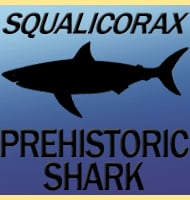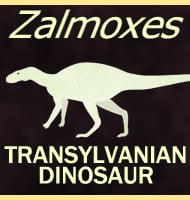Dunkleosteus
In Depth about Dunkleosteus In modern popular culture, Dunkleosteus is by far the best known and most often represented of the early placoderm carnivores. However Dunkleosteus actually sat within the Dinichthys genus for a long time as the species Dinichthys terrelli. It was not until the large numbers of Dinichthys remains were re-studied that it was realised that a large number of the Dinichthys fossils actually represented different … Read more

